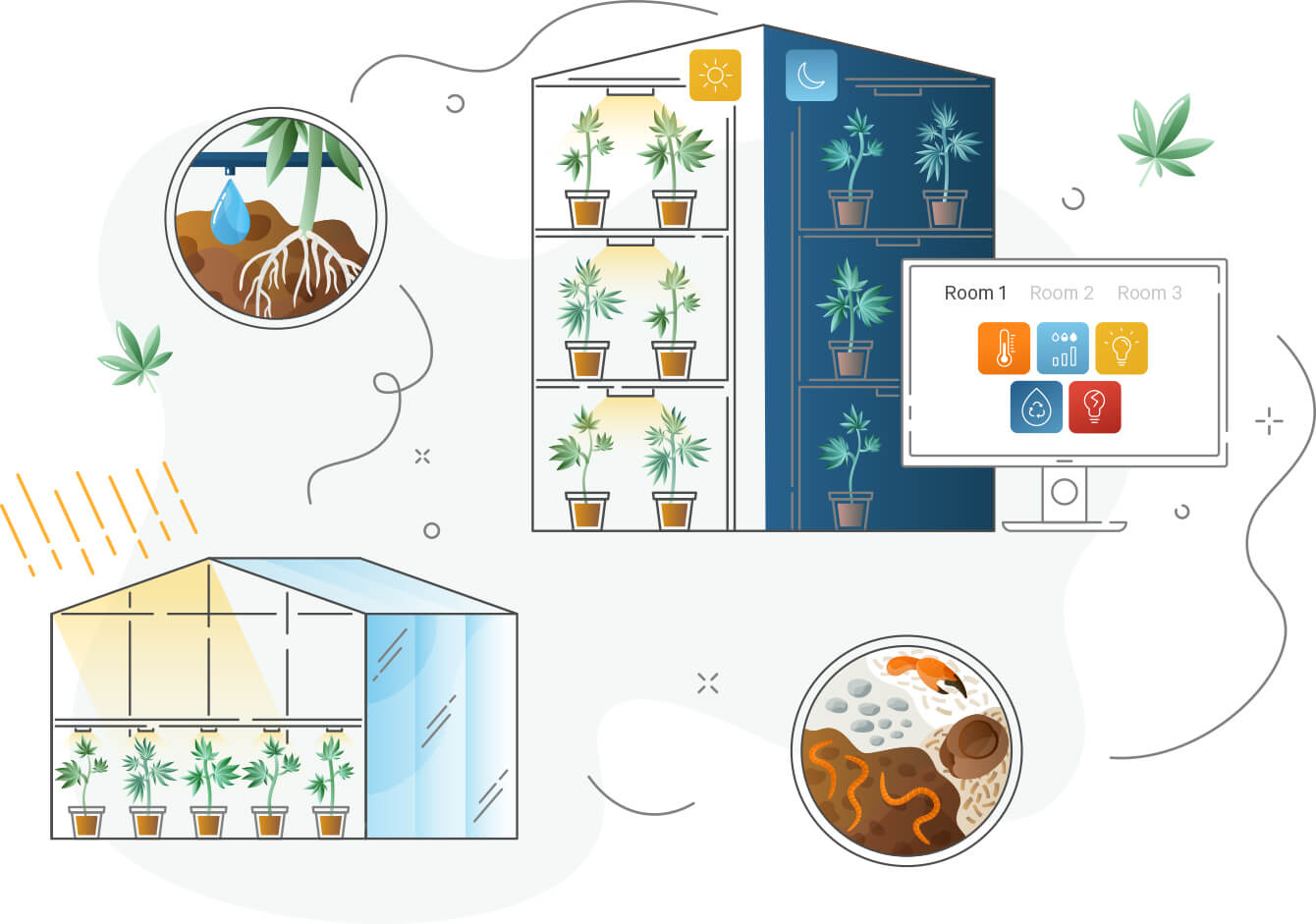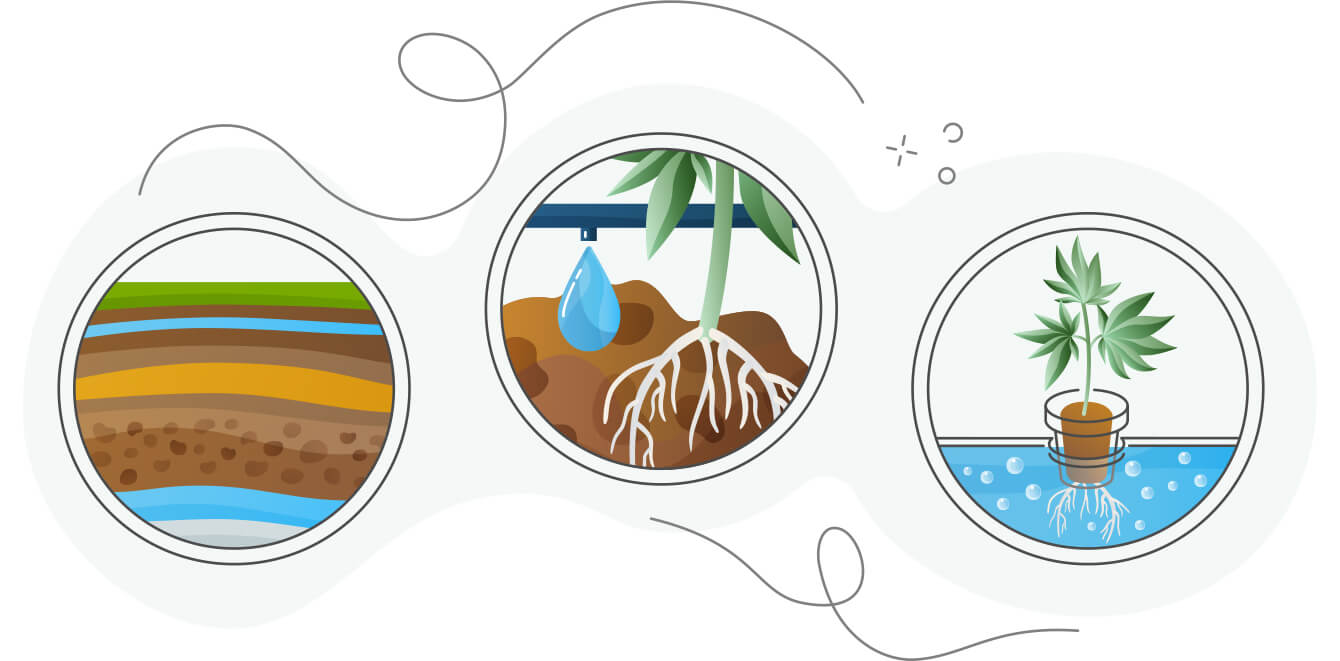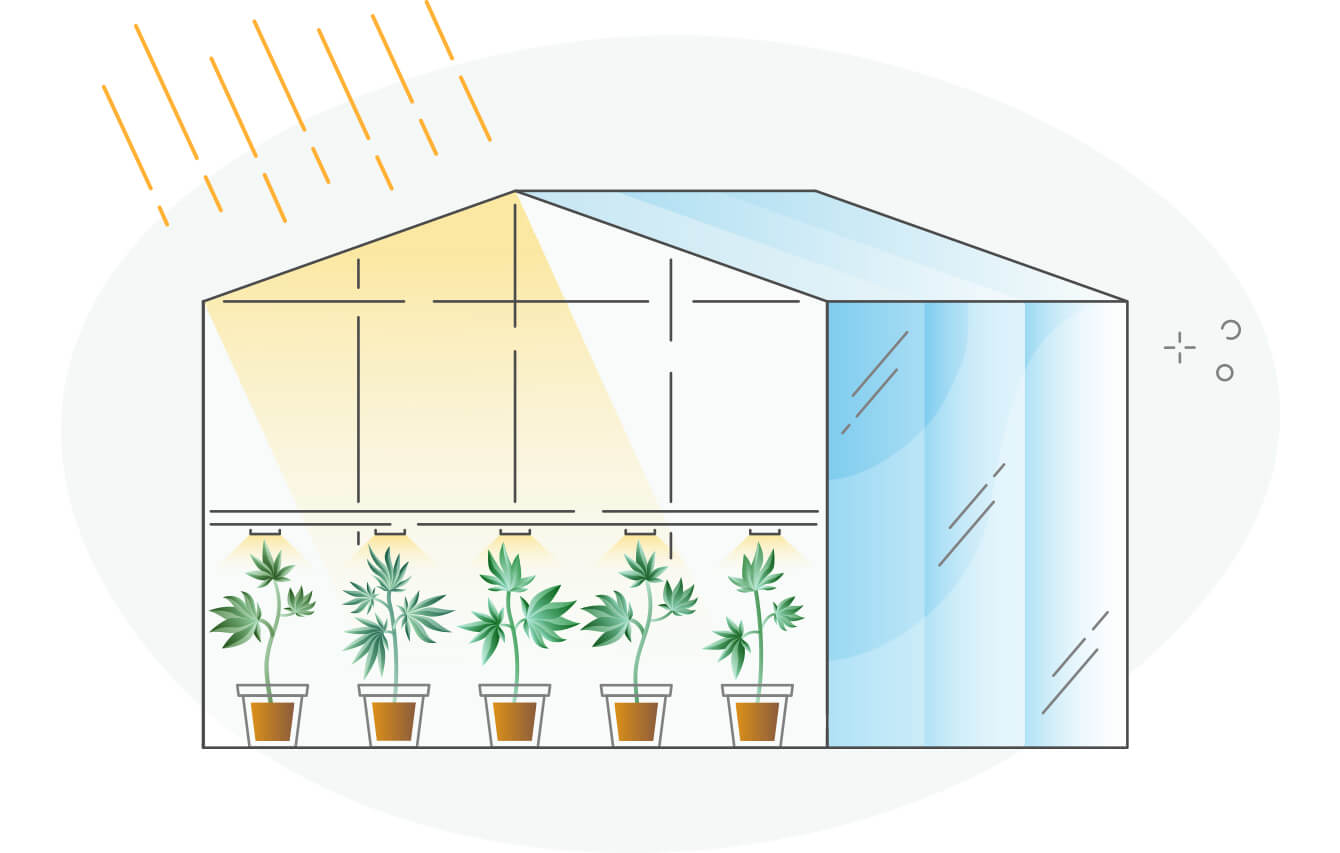How It’s Grown: Eco-Conscious Growing Methods
Growing green is becoming synonymous with going green. From cutting-edge smart tech to nurturing living soil, delve into the world of innovative techniques employed by Licensed Producers to make cannabis production more environmentally friendly.

In any corner of the globe, cultivating consistently high-quality crops demands a considerable amount of resources—water, nutrients, and energy—while generating substantial waste, including plant material, packaging, and wastewater. Cannabis production, with its unique requirements, poses an environmental challenge that many Licensed Producers are addressing through inventive approaches. let’s explore how they leverage innovations in water use, healthy soil, and smart technology to reduce their environmental footprint and adopt more eco-conscious growing methods.
Reusing Water

A single cannabis plant can absorb up to 23 litres of water daily, amplifying the demand for water in cannabis production. Capturing and reusing water, including rainwater and snowfall, can make a substantial impact. Facilities can feature a large pond acting as a reservoirs for instance, storing up to five million litres of water. This water then undergoes ultra-filtration and UV disinfection before storage in clean raw-water tanks. Many trap and reuse up to 70% of the water used in grow rooms, employing a drip irrigation system to reduce waste and watering frequency. Some producers opt for aquaponics, a closed-loop cultivation method, feeding plants with nutrients from fish waste, naturally treating and recirculating the water.
Employing Smart Tech

While smart technology systems represent a significant investment, their role in precise resource allocation and waste reduction is invaluable. Proprietary automation systems monitor and optimise every aspect of the growing cycle, from humidity to water and nutrient levels. These conditions can be controlled remotely through mobile apps, offering real-time adjustments. Beyond energy efficiency, technology allows for the reuse of energy like capturing heat from air-handling units to warm irrigation water, leaving no resource untapped. Technology also influences cultivation techniques, like multiple- tier vertical growth systems for higher productivity in a smaller space.
Healthy Soil and Growing Materials

Choosing eco-friendly growing materials reduces production-associated waste and promotes plant health. many plants thrive in a proprietary reusable living soil made from natural ingredients like glacial rock dust and crab meal. This living soil fosters a diverse ecosystem, including bacteria, fungi, and nematode worms, actively breaking down organic matter and unlocking nutrients. Pest management is integrated into the soil, employing natural products and beneficial insects to control pests. Natural sunlight in greenhouses can be complemented by energy-efficient LED lighting, that can reduce energy consumption by 40% compared to traditional high-pressure sodium lights.
Energy-Efficient Lighting

Indoor growing, while protecting plants, relies on artificial lighting. The common high-pressure sodium lights (HPS) generate heat, necessitating energy-consuming ventilation and air conditioning. Glass roofs, allow plants to grow under natural sunlight supplemented by LED lighting that consumes 40% less energy than HPS lights. By actively reducing environmental impact, environmentally conscious Licensed Producers significantly decrease their carbon footprint.
